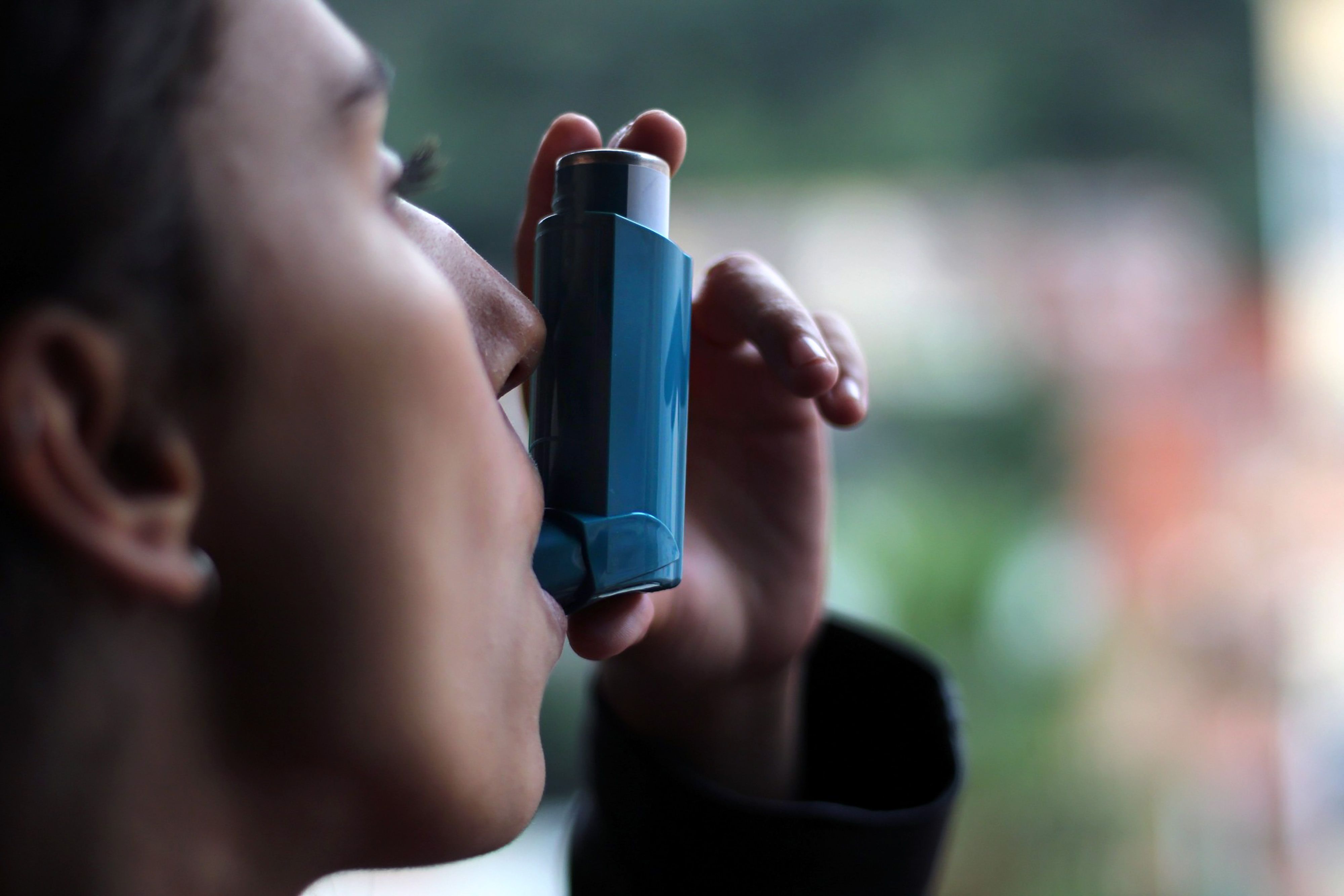News
Article
Many COPD patients can’t afford medication: study
Author(s):
More than 16% report cost-related nonadherence
One in six US adults with chronic obstructive pulmonary disease (COPD) reported cost-related medication nonadherence (CRN), according to a recent study published in BMC Public Health.
The study’s authors explained that the Global Initiative on Obstructive Lung Disease recommends that patients with COPD undergo long-term inhaled drug therapy to improve their prognosis. However, long-term medication adherence in patients with COPD is poor as inhalers are more expensive than many other commonly prescribed drugs. They noted that medication nonadherence is associated with increasing COPD symptoms, hospitalizations, morbidity, mortality, and health care expenditures.
Although previous studies found poor long-term medication adherence among patients with COPD, recent data on this issue are lacking. Consequently, the researchers investigated the prevalence and sociodemographic characteristics of CRN among adults with COPD in the US to provide health care systems with recommendations to improve patient outcomes and enhance their quality of life.
For their study the authors used 2013-2020 data from the National Health Interview Survey (NHIS), a cross-sectional national health survey conducted annually by the CDC to provide health data estimates for the US population. The researchers included adults aged 18 or older who were diagnosed with COPD based on positive responses to any related questions. Also, patients with COPD were considered to have CRN if they answered positively to related questions.
Of the 253,577 adult patients included in the NHIS from 2013 to 2020, 17,591 reported having COPD; this correlates to 5.9% of US adults, representing about 14.38 million patients per year from 2013 to 2020 (95% CI, 14.02-14.78 million). Additionally, of the adults with COPD, 15,928 (90.54%) completed the individual components for CRN. The researchers found that 2881 (18.56%) self-reported experiencing CRN, which equates to an average of 2.39 million US adults per year from 2013 to 2020 (95% CI, 2.28-2.51 million).
Additionally, from the NHIS data, they determined that 1.61 million patients with COPD (12.50%; 95% CI, 1.52-1.71 million) skipped medication doses, 1.72 million (13.30%; 95% CI, 1.62-1.81 million) took less medication than prescribed, and 2.03 million (15.74%; 1.93-2.13 million) delayed filling prescriptions to save costs. However, average CRN rates decreased from 22.03% in 2013 to 13.57% in 2020 among patients with COPD (P < .01).
The factors most strongly associated with reporting CRN included low family income (OR, 2.83; 95% CI, 2.41-3.32), female sex (OR, 1.49; 95% CI, 1.33-1.68), lack of insurance (OR, 3.61; 95% CI, 2.56-5.07), being a current smoker (OR, 1.63; 95% CI, 1.42-1.87), and having an asthma diagnosis (OR, 1.59; 95% CI, 1.42-1.76).
In terms of age, 24.39% of patients with COPD younger than 65 years old reported CRN. The researchers noted that patients younger than 65 years in certain subpopulations were particularly prone to report CRN, with 1 in 4 patients from low-income families, 1 in 4 women, and nearly 50% of uninsured patients reporting CRN.
Conversely, only 10.52% of patients with COPD 65 years or older reported CRN. Compared with patients 65 years or older with COPD, those younger than 65 years were 2-fold more likely to take less medication than prescribed (17.87% vs 7.00%), refuse prescribed medication to save costs (16.94% vs 6.38%), and delay filling a prescription (21.25% vs 8.15%).
The authors acknowledged their study’s limitations, one being that it was conducted in the US, so its findings may not be generalizable to other countries where insurance coverage and drug prices differ. Also, due to the limitations of the NHIS database, several risk factors were not included in the study, like patients’ disease severity, beliefs, experiences, and behaviors. Despite these limitations, the researchers expressed confidence in their findings and used them to suggest future actions.
“The influencing factors of CRN are multifaceted and necessitating more rigorous research,” the authors wrote. “Health policy interventions focusing on reducing drug costs, delaying disease progression, preventing exacerbations, and reducing the risk of comorbidities may improve the economic burden of COPD and its outcomes.”






